Tell me black or white, what colour is your Eurovision song?
The Eurovision Song Contest has been aired in colour since 1968, and 1971 was the first time it was possible to choose a different stage colour for the entries in a more or less technologically advanced way. The last time you couldn’t really set a specific colour for your song was in 1983 – and ever since, each Eurovision entry has had its own colour, playing an important role in the staging and how a Eurovision entry stays in people’s memory (or not).
Unforgettable examples include Belgium’s white stage last year (Loïc Nottet), the Icelandic blue in 2009 (Yohanna), and the French yellow in 1981 (“Humanahum”), all of which gave the accompanying entries a really distinctive visual identity.
So how is this year shaping up, colour-wise?
Let’s begin and take a look at semi-final 1!
Already in the first half of this semi, one thing becomes very clear: Blue is the overall dominant colour on stage, as in so many years, but especially this year. There’s not a single song in the semi-final that doesn’t have any blue on its stage.
In most cases it works fine, despite not making anything stand out, but doesn’t really fit well to Hungary and San Marino. I was hoping for a more orange/yellow stage for Serhat, which would have resembled the retro disco vibe of the song. Instead, they use a cold mixture of blue, violet and red, which: Not working at all.

San Marino © Thomas Hanses (EBU)
Violet is also featured in Finland and The Netherlands, where it fits much better, especially when it gets interrupted by some warm orange in Sandhja’s backdrop.
Back to the other case where the colours don’t work well: Hungary. This would have been a good candidate for a very bright (white) stage, but instead, this combination of red and dark blue doesn’t fit at all.
The best choices were made by those who bring their own LED backdrop on stage: Russia and Iceland. Russia’s backdrop features some urgently needed white, and Iceland – while still suffering from blue-itis – also gives us some unique turquoise, and some apparently pitch-black moments. Both entries are visually striking because of their props and their own independent colours.

Russia © Thomas Hanses (EBU)

Iceland © Andres Putting
Other outstanding examples where countries rely solely on the native stage colours include the fantastic Austria, which features all possible colours of the rainbow, and the Netherlands, where 50 shades of red, gold, violet (and blue) create a warm atmosphere on stage.

Austria © Andres Putting
Verdict: On this confusing, messy stage, anyone with a minimalistic staging will shine, especially when there’s no blue used. No one in this semi-final can check either box, but the winners of this colour analysis are Russia, Iceland, Austria, The Netherlands and Armenia.

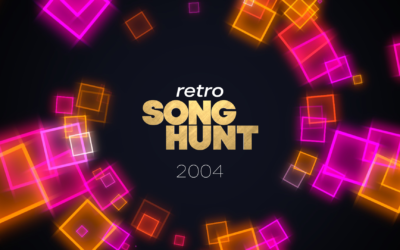
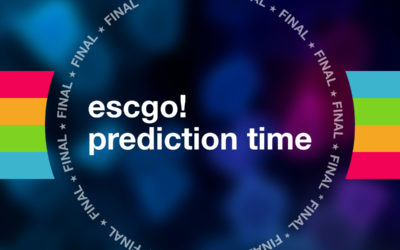
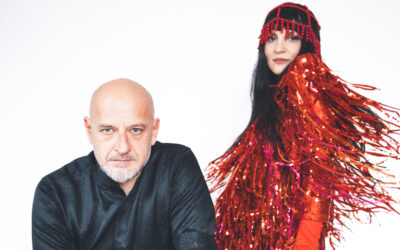

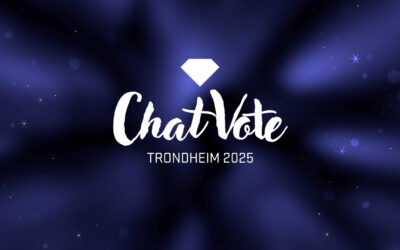
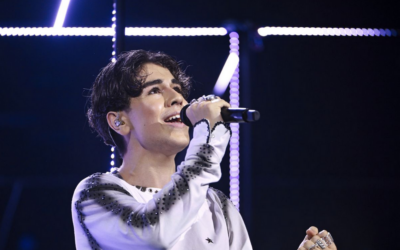
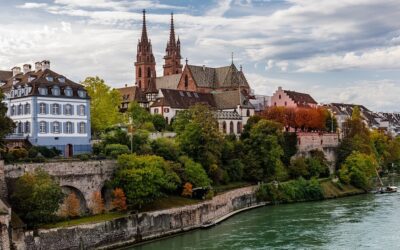
0 Comments